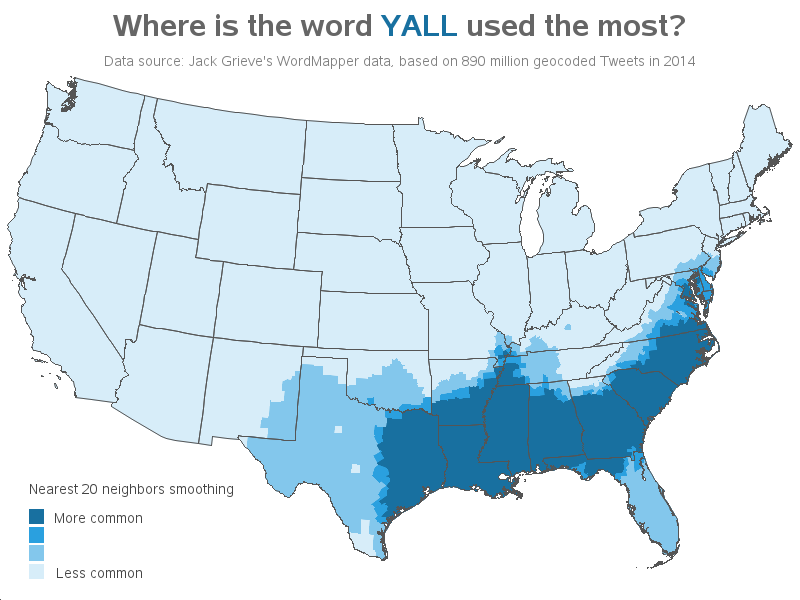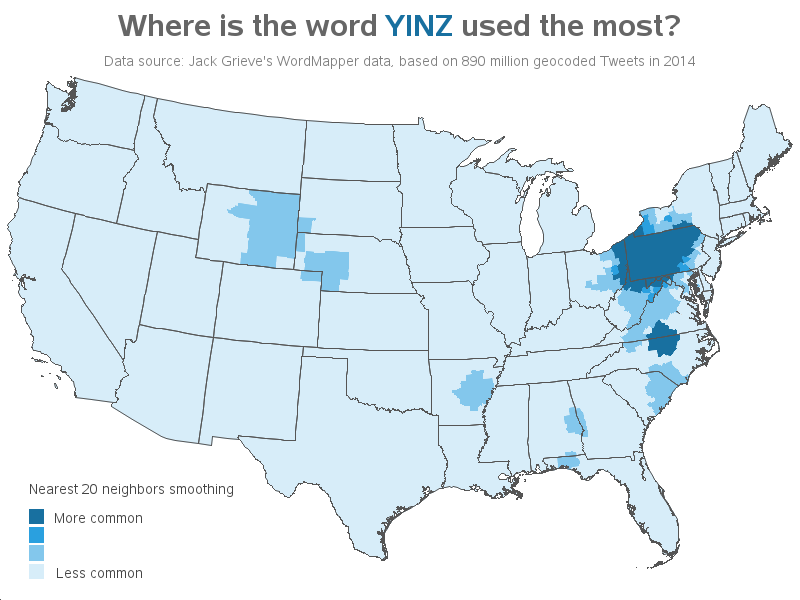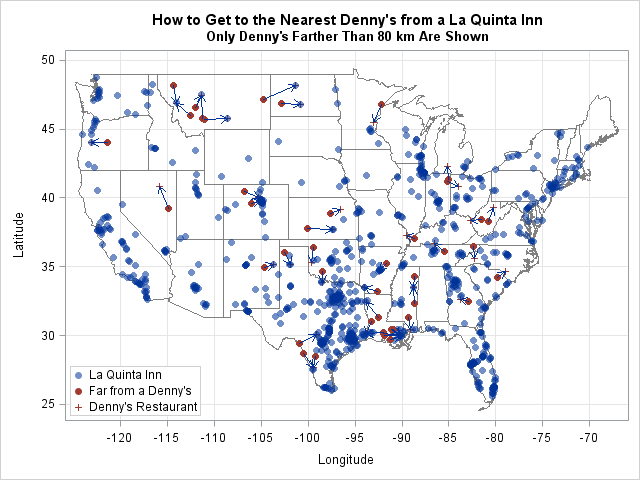In my previous articles on ‘What I Wanted To Know About Big Data But Was Afraid To Ask’ series, I covered ‘What is Big Data’ and ‘Who came up with Big Data and Why’. Now that we are grounded on some basics, the next question is ‘So What?’. So what there is Big Data? What does it mean for me and my organization? Why should I care?
The answer is Analytics based on Big Data and what organizations can do with Big Data Analytics. So the natural question to ask is what is Analytics?
Analytics is discovering, interpreting, and communicating meaningful patterns in data so decision makers can use these patterns to make fact-based decisions.
You might say Analytics has been around since time immemorial when people started recording data from early ages about crops, herds, people, diseases, mortality rates etc. So why is this new found infatuation with Analytics with Big Data? Fair question.
Yes, Data analytics has been around but the advent of Big Data ushered in some revolutionary technologies (Hadoop, Apache Spark and in-memory computing etc.) and affordable computers to store data to make it easy, fast and affordable for analytics i.e. find meaningful patterns in Big Data i.e. large Volumes of Variety of data coming at us with high Velocity (the 3 ‘V’s of Big Data). The new found infatuation with Big Data analytics is more to do with the affordability, ease, and of course the explosion of data itself (with social networks et al). Unfortunately, some of the hyped up articles on Big Data and Big Data analytics make us believe that the entire field of analytics has just been invented with Big Data.
I’ll give you couple of light-hearted examples to show you how one can find meaningful patterns with Big Data relatively easily. I found these examples on SAS blogs.
American English: Where to use ‘Yall’ versus ‘Yinz’
Robert Allison, in his SAS blog, used an analytics platform, an app called ‘The Great American Word Mapper’ and twitter data to identify areas in the US where people most often use words ‘Yall’ and “Yinz’. By the way, I had no idea about ‘Yinz’ until I read this article. His big data analytics came up with these maps. Isn’t it amazing?


Is La Quinta spanish for Next To Denny’s?
My second example is from the same website but from Rick Wicklin titled ‘Is La Quinta spanish for Next to Denny’s’. You probably heard comedian Mitch Hedberg’s joke about La Quinta and Denny’s but Rick and team downloaded the location data about La Quinta Inns and Denny’s restaurants and used some Big Data Analytics to come up with the following picture. So comedian Mitch is right! One doesn’t need to travel too far to go from La Quinta to Denny’s.
Even though these are light-hearted examples, business leaders can still make some important decisions. For example, La Quinta and Denny’s management can run cross-promotion to increase mutual business.
So coming to our topic of ‘So What?’ about Big Data, the analytics is where the holy grail is for Big Data. Best-selling author and Data expert Bernard Marr has written extensively in Forbes on how various companies and organizations are using Big Data analytics to make some significant breakthroughs. My favorite is his recent Forbes article on ‘How Big Data Helps To Tackle The No 1 Cause Of Accidental Death In…
Another example is this McKinsey article where the authors neatly sum up the advantage of Big Data to:
- Make information transparent and usable at much higher frequency
- Make better management decisions with more detailed and accurate information
- Facilitate narrower customer segmentation to enable precise targeting of products
- Deliver sophisticated Analytics for better decision making
- Improve the development of next generation of products and services
In general, the main categories where companies are realizing benefits from Big Data Analytics are: Cost reductions, Time reductions, Faster and better decision making, and New products and services.
Some specific examples are:
- Determining root causes of equipment failures, issues and defects in near-real time.
- Retail stores generating coupons at the point of sale and almost real-time based on the customer’s buying habits
- Recalculating entire risk portfolios in minutes
- Detecting fraud in financial transactions or in your own organization based on the pattern of transactions.
So is Big Data for everybody?
Not necessarily. Articles from Harvard Business Review, Forbes, and Data Science articulate where Big Data may not be useful.
In this Harvard Business Review article ‘You don’t need big data, You need the right data’, Maxwell Wessel argues effectively that the starting point should be to ask ‘What decisions drive your business’ and ‘What’s the right data to support those decisions’. If the answer is Big Data so be it but the starting point shouldn’t be Big Data.
Most companies spend too much time at the altar of big data. And not nearly enough time thinking about what the right data is to seek out.
Meta Brown argues in her Forbes article ‘4 reasons why you don’t need a Big Data strategy’ that focusing on data quality of existing data in many organizations pays lot more dividends.
Focus on your own business goals and obligations, and take advantage of the data that’s relevant and available. Aim for data quality rather than quantity.
Last but not least, William Vorhies makes a compelling argument in his article ‘7 cases where Big Data isn’t better’ that more data doesn’t automatically mean better decisions because the cost of dealing with more data and the increased accuracy as a result of Big Data Analytics may not be justified in all cases. The cost-benefit analysis may not be favorable to Big Data always.
I can state from my experience that the starting point for whether Big Data is the right answer is not Big Data itself but the more important question of ‘What business decision am I driving?’ and ‘What is the right data needed to drive those decisions?’. Or in other words, starting with a data strategy.

